Cephalopod is the name given to the Squids and Octopus. Ancient Cephalopods often had hard
shells that could be straight or spiral and came in elaborate shapes, sizes, designs and colors They varied in sizes of less than 1/4 in diameter to several feet in diameter. The three main groups of fossil cephalopod remains found are Nautiloids, Ammonites and Belimites. These ancient beauties lasted from about 400 million years ago to about 160 million years ago when they disappeared about the time the dinosaurs became extinct. The legacy the left behind are some of the most diverse and interesting fossils that can be found.   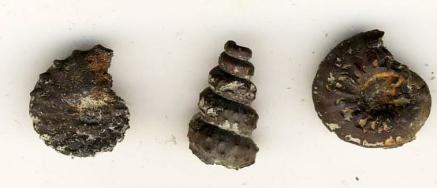 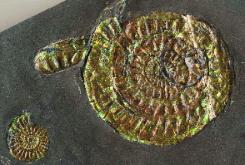 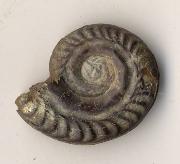 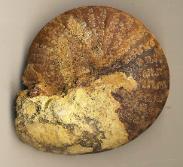  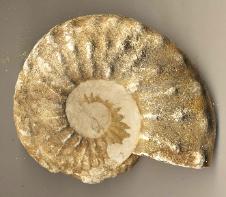  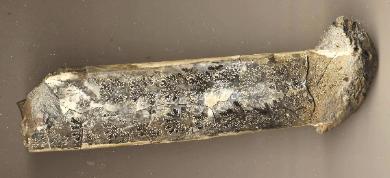 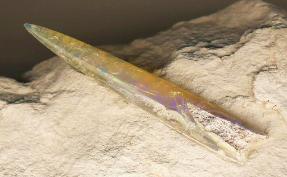 This 2 inch ammonite is found
in Nevada and called a Dienoroceras These little 1/2 inch ammonites are pyritized. They are
found with hundreds of other ammonites and other invertebrates near Lake Waco, Texas These shiny beauties are from
Germany and are called Dactylioceras. This incredibly sutured
beauty is a Sphenodiscus from Texas Here is a fifty pound monster
from Texas known as an Eopachydiscus This 6 inch ribbed ammonite
is from Texas and called a Mortonceras This stunning opalized Belimite comes
from Australia Look at the awesome sutures and great colors on this
6 inch Baculite from Montana! This two inch Hildoceras
comes from Western Europe. A world Class Ammolite
Ammonite beauty from Canada, 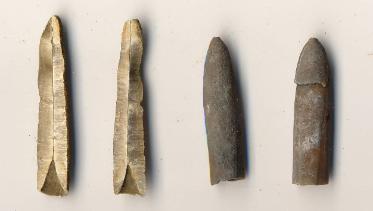 These Belimites are from a creek in New Jersey.
Notice the split down the center of the halves. 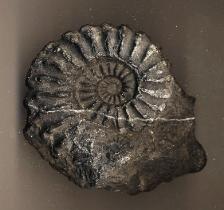 This Black Beauty is form Peru
and is known as Prolyelliceras |